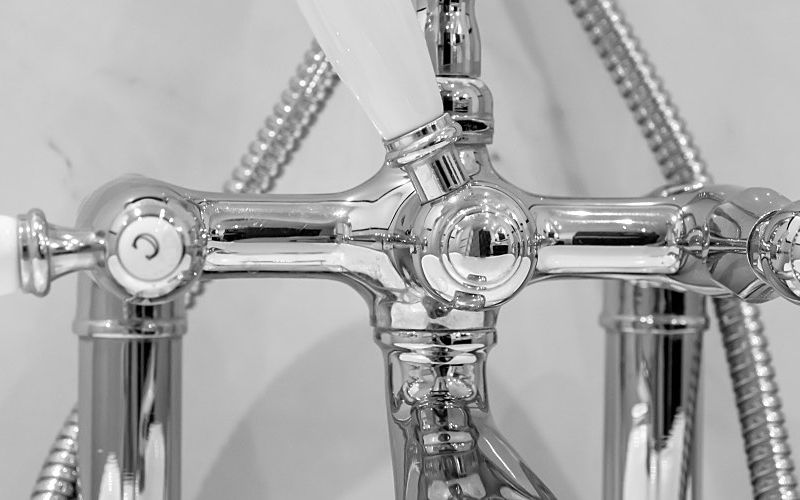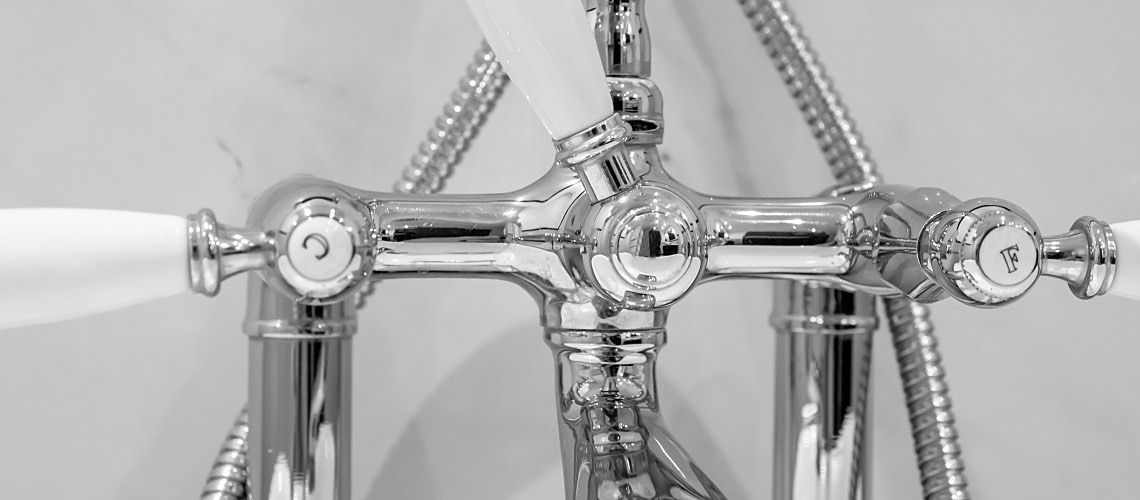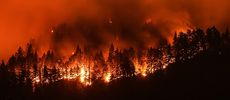L. Pneumophila Responsible for Most Legionellosis Cases in France


The species Legionella pneumophila was responsible for nearly all legionellosis cases in France in 2020, according to a recent national public health report. When the government agency Santé Publique France isolated strains for 23.9% of the cases last year, 99% were L. pneumophila species, primarily serogroup 1. The few others were L. longbeachae, a species only present in compost and soil.
Even though the COVID-19 pandemic hampered travel, and overall reported cases declined in 2020 compared with the past several years, the total was higher than the annual number for 2016. The French agency also highlighted several Legionella and SARS-CoV-2 co-infection cases.
Published in 2021, these findings underscore the continued need for proactive water testing around the world. As a water lab professional, you can support these efforts to protect public health by focusing testing on the species L. pneumophila.
Spotlight on a Species
France has had a mandatory legionellosis reporting system in place since 1987. Beginning in the mid-1990s, annual case numbers climbed to a peak of around 1,500 in 2005 and then fluctuated. The country received notifications about 1,328 cases total in 2020, much lower than the 1,816 in 2019.
Santé Publique France isolated strains from respiratory specimens for 23.9% of the 2020 reported cases—a percentage comparable to the one from 2019. Of the 317 strains the French public health agency isolated, 313 were L. pneumophila species.
The other four were Legionella longbeachae, a species first isolated in Long Beach, Calif. in 1980. Since the late 1980s, L. longbeachae has caused legionellosis in Australia and New Zealand. Over the past 20 years, this species has also been responsible for cases in Europe and Asia.
"Unlike the situation with other Legionella spp., L. longbeachae–contaminated water systems in the built environment that cause disease have not been reported," a 2011 article in the "Journal Emerging Infectious Diseases" concluded. "Sporadic cases of disease seem to be limited to persons who have had direct contact with potting soil or compost."
Within the water management community, there's an ongoing debate about whether routine monitoring should focus on Legionella species or L. pneumophila. Emerging scientific research increasingly supports targeting L.p. In their 2021 article for the "Journal of AOAC International," microbiologists James Walker and Paul McDermott wrote, "Approaches in countries, including France, suggest that focusing risk reduction specifically on L. pneumophila is an effective strategy." The Santé Publique France report underscores this since the only other species the government found that caused disease wasn't present in water.
Risk Levels Remain Elevated
France, along with England, Germany, and the Netherlands, has mandatory Legionella and temperature monitoring on a periodic basis. Regulations prohibit L. pneumophila concentrations from being greater than 1,000 colony forming units per liter in hot water. However, despite an overall decrease in 2020, the number of reported legionellosis cases remains high, according to the French public health agency.
Cases continue to be unevenly distributed geographically, with higher rates among those living in the western regions of France. The Provence-Alpes-Côte d'Azur region in the southeast had the highest rate in 2020: 3.7 cases per 100,000 residents. Health risks persist there. In late July 2021, a woman living in public housing to the north of Marseille died from Legionnaires' disease, France 3 reported.
Elsewhere in the country, Legionella detections prompted a hot springs in Charente-Maritime on the southeast coast to close temporarily over the summer. More recently, the landlord for a low-income housing complex in Pointoise, north of Paris, advised residents to avoid taking showers due to suspected Legionella contamination, La Gazette Val d'Oise reported. The local water utility is conducting an environmental investigation.
Routine Monitoring Key
Santé Publique France reported that, as in previous years, comparing clinical and environmental strains from case investigations revealed the contamination sources were primarily public water systems and residential plumbing.
"The results of the environmental and microbiological epidemiological investigations carried out around isolated or clustered cases show that the water in sanitary networks may be the source of contamination," the summary noted. "These results highlight the importance of preventive measures, monitoring, and control of the Legionella risk in water systems."
Water utility leaders and building owners need to stay vigilant about lowering the risks from their systems, even if the local regulations include strict measures aimed at preventing Legionnaires' disease. Routine monitoring for L. pneumophila helps instill confidence that water treatment is actually controlling the organism. Your lab's assistance with this process will go a long way toward safeguarding public health, wherever you are in the world.






